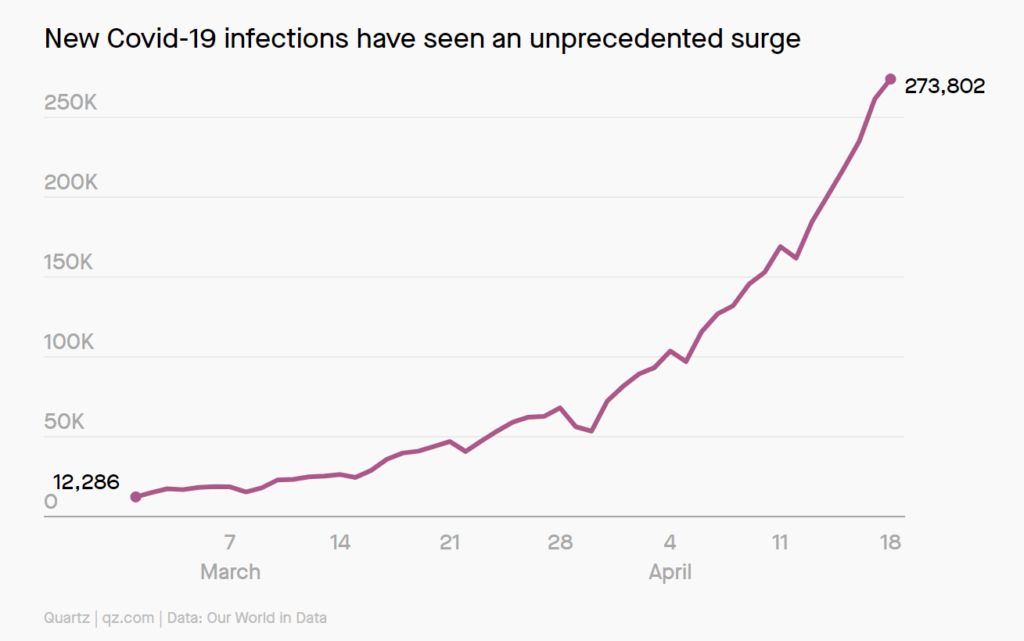Link: https://qz.com/1962075/the-problem-with-janet-yellens-100-year-treasury-bond/
Excerpt:
The US is running up debt like never before, and one of the reasons Washington can get away with it is because interest rates are hovering around their lowest levels ever. This raises the question—should the Treasury lock in these rates for 50 years? How about a century?
Government borrowing is under renewed scrutiny as politicians consider their third mega-spending package to support the US economy, adding to more than $3 trillion already earmarked since the onset of the Covid-19 pandemic. Federal debt owned by the public is expected to ramp up from 81% of GDP this year to nearly 100% in 2030, the highest ratio since 1946, according to Congressional Budget Office (CBO) projections in December. That ratio could hit 180% by 2050, by far the highest debt burden the US has ever had.
Debt levels are high, but the government’s borrowing cost is low. In March, 10-year Treasury bond yields fell below 1% for the first time and they’ve only ticked up modestly since, rising to about 1.1%. That helps explain why the US has amassed so much debt and, yet, is spending less on interest expense than it did in the 1980s and 1990s. The worry is that the unprecedented mountain of debt could have to be refinanced at higher yields down the road.
Author(s): John Detrixhe
Publication Date: 27 January 2021
Publication Site: Quartz
